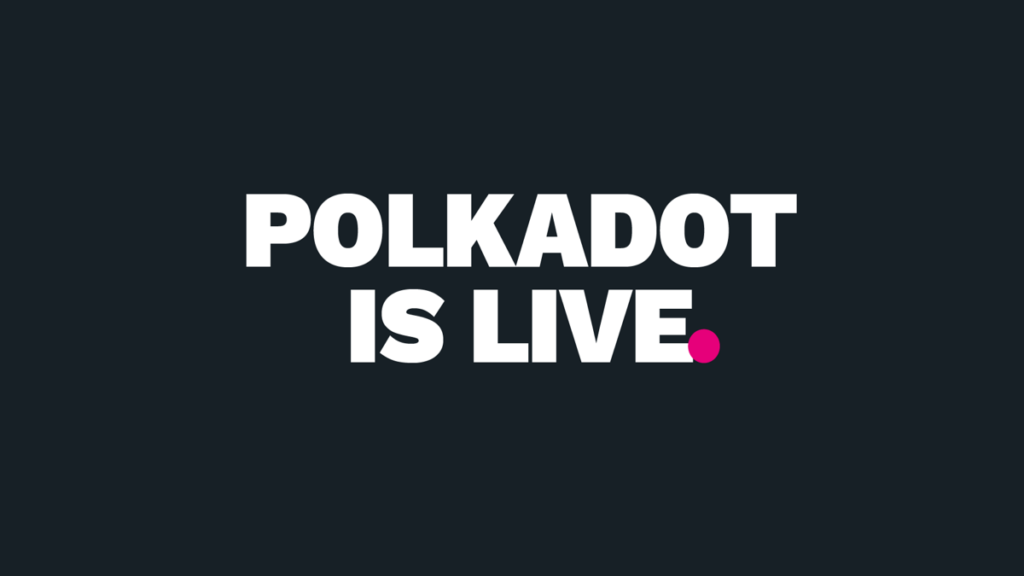The highly anticipated and controversial Proof of Stake interoperability protocol Polkadot has launched a version of its mainnet close to four years down the line since the publishing of its whitepaper.
Polkadot is the brainchild of Ethereum co-founder Gavin Wood and former head of security in the Ethereum Foundation Jutta Steiner. The former created Web 3 Foundation while the later created Parity Technologies.
The two entities are collaborating in the development of Polkadot which has often been compared to Ethereum. According to an announcement by the W3 Foundation on Tuesday, Polkadot has now launched an early chain candidate dubbed CC1 which is a stripped-down version of the mainnet missing some few features.
In the CC1 released on Tuesday, some of the features it lacks include one of the most important elements of a blockchain – decentralization. The idea behind Polkadot is to create an interoperable protocol that allows multiple blockchains to work parallel to each other. However, the promise is to decentralize the protocol and allow full governance through the staking model. Holders of the DOT token will be in charge of the governance of the protocol once it fully launches but for now, W3 and Parity will be in charge.
“During this initial phase, Web3 Foundation will retain super-user control of the network via a Sudo module. This period will allow the Foundation and Parity Technologies to execute critical logic and security audits and calibrate final aspects of the network. Independent teams of security auditors will continue working to identify and rectify any vulnerabilities,” the Foundation wrote.
DOT investors are also not able to transfer their tokens. The Polkadot ICO raised about $144 million through a SAFT (Simple Agreement for Future Trade) sale which means investors gave their money in exchange for the right to receive tokens at a later date. This is supposed to happen once the mainnet fully launches. So at the moment, none of the investors can trade their tokens. The tokens have, however, been allocated to the owners allowing them to stake the tokens on the network.
“This first stage of Polkadot CC1 provides two key things: Claims & attestation and staking,” Wood wrote in a blog post. It is also worth noting that none of the stake tokens earn any rewards during the CC1 phase. The staked tokens will, however, afford the owners the right to become validators in the next launch phase.











